科学家发明出一种针孔大小的微型激光器能精确的辨识和计量单个的病毒,它还可以用于计量云的形成过程中或者我们呼吸的空气中的污染物纳米粒子。 当颗粒物落到环上面的时候,从微型激光器发出的光受到干扰,研究员就通过这种方式改变光的频率。在噪音环境中失去信号之前,该环状激光器可以顺序计量800个纳米粒子。通过刺激多个模式,科学家可以更加确定计量的准确性。通过改变增益介质,可以使用水下传感器替代空气传感器。 这种新型传感器由华盛顿大学电气和系统工程专业助理教授Lan Yang所带领的团队研发出来。这项研究成果可广泛用于商业的气溶胶技术领域和生物学,关于此传感器的更多细节发表在自然。纳 米技术杂志上。 图中右上方显示颗粒物落到微型激光器上 不同于之前的回音壁谐振器,新型传感器是一个小型激光器而不是外置激光器谐振腔。当粒子与微型激光器相碰撞,这种微小的变化会产生两种不同的频率,这种频率分裂可以通过在光电探测器中结合成不同的激光模式来测量。光电探测器能产生一种与此频率差匹配的频率。 Lan Yang指出:“微型激光器比被动谐振器灵敏度更高,最大分辨率可达到1nm” 目前激光直接显示为环形状,与之前耦合到环型介质中,整个系统可以自身调控,也更简单。“可以使用光源激活光学介质,”Yang 说道:“这样就可以用一个廉价的激光二极管替代昂贵的可调谐激光器作为激活介质了。”研究小组用不同材料和不同形状的纳米颗粒如:聚苯乙烯、金及病毒颗粒等测试了该微型激光器的性能。 该研究小组的下一步计划是设计微型激光器的表面以识别DNA和单个的生物分子。由于DNA属于工程纳米粒子,微 型激光传感器能计量每个DNA分子甚至分子碎片也能精确计量。 原文如下: A microlaser in the size of a pinprick has been developed that can identify and count inpidual viruses accurately. It can also be used to count the nanoparticles that initiate cloud formation or pollute the air we breathe. The inset at the top right shows a particle landing on the microlaserLight from the micro-laser is disturbed when a particle sits on the ring, thus altering the frequency of light. The ring can count nanoparticles of the order of 800 before losing signals in the noise. By stimulating more than one mode, scientists can be doubly sure about the count’s accuracy. And by varying the gain medium, they can use the sensor for water instead of air. The assistant professor of electrical and systems engineering at Washington University, Lan Yang led a team to create the new sensor, which can be used commercially in fields ranging from aerosol science to biology. Details on the sensor are recorded in Nature Nanotechnology. The new sensor is different from previous whispering gallery resonators as it is a miniature laser instead of an external laser’s resonating cavity. When a particle comes in contact with the microlaser, two different frequencies with slight variations are generated. The frequency splitting can be measured by combining the split laser modes in a photodetector, which generates a beat frequency that matches the difference in frequency. The microlaser offers high sensitivity than the passive resonator, Yang says. The maximum resolution achieved by the microlaser is about one nanometer. When the laser is present in the ring, the whole system is self contained and simple rather than when it is coupled to the ring. The optical medium can be activated using a light source says Yang, and an inexpensive laser diode can be used in the place of an expensive tunable laser. The team tested the performance of the micro-laser using nanoparticles of different sizes and various materials, such as polystyrene, gold, and virions. Next, the team wants to design the tiny microlaser’s surface to identify DNA and single biological molecules. When DNA is attached to engineered nanoparticles, the micro-laser sensor can count each DNA molecule or even molecule fragments.

转载请注明出处。









 相关文章
相关文章
 热门资讯
热门资讯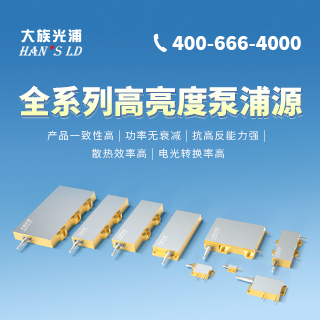
 精彩导读
精彩导读







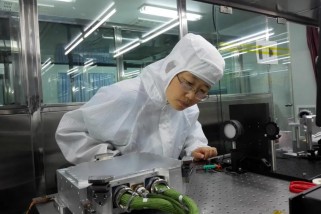


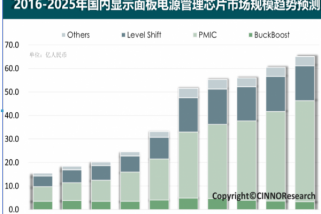

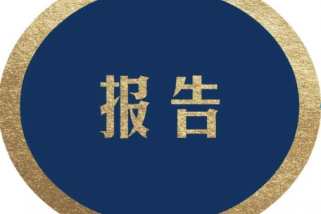
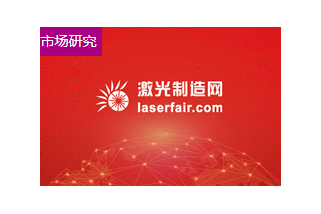



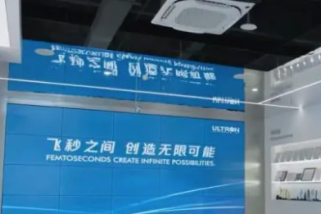
 关注我们
关注我们




